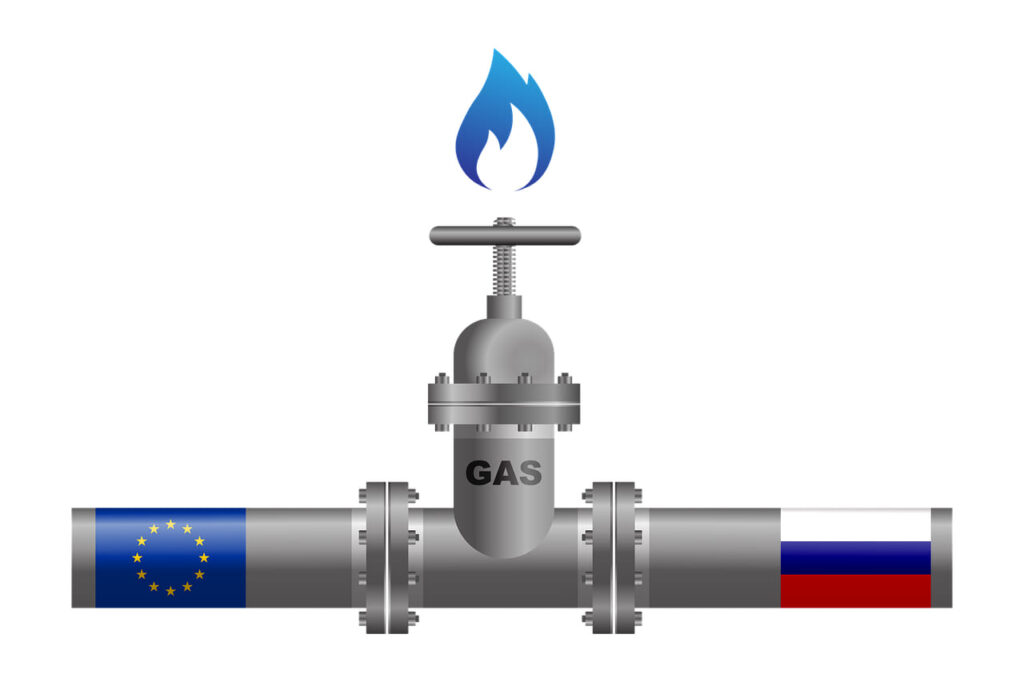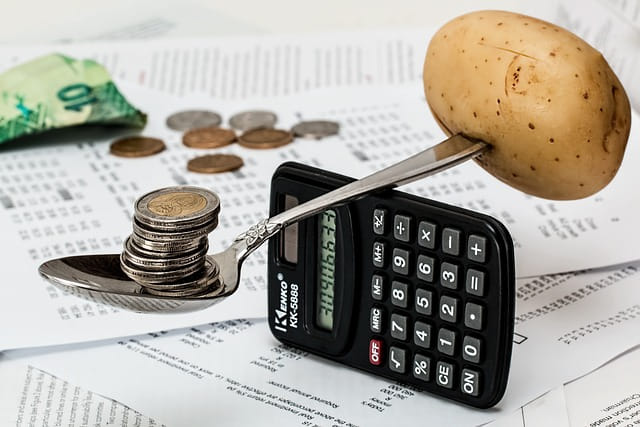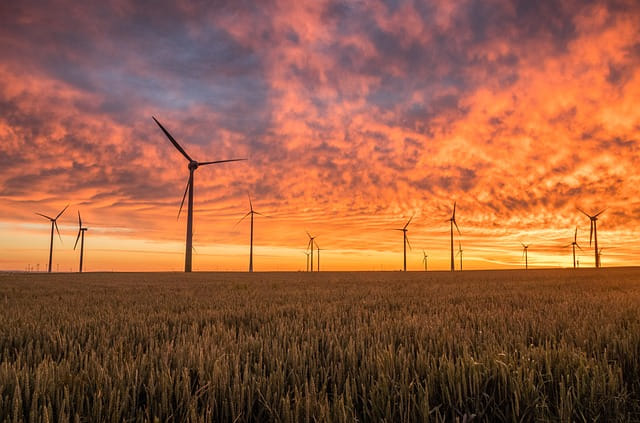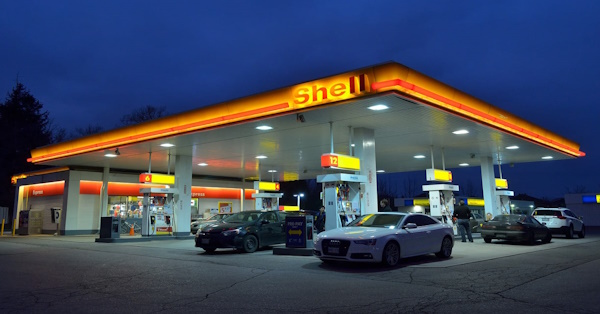Last Updated on September 1, 2023 by admin
Gasoline prices in the United States have been on a steady upward climb over the past year, causing increasing concern and hardship for American consumers and businesses. As of August 2022, the national average price for a gallon of regular gasoline hit over $3.80, marking a dramatic rise from $3.15 just a year prior. This rapid year-over-year surge is the steepest increase in gas prices since Hurricane Katrina caused major disruptions back in 2005.
Unlike the typical seasonal ups and downs, the current extended spikes are proving exceptional for their intensity and persistence throughout 2022. This comprehensive report will analyze the myriad factors propelling the escalation in gas prices, evaluate the impacts on US households and the macro economy, and explore solutions that could potentially alleviate the burden moving forward.

Causes of the Price Surge
A perfect storm of global and domestic dynamics underpin the steep run-up in gas prices over the past 12 months.
Global Crude Oil Supply/Demand Imbalances
At its core, the price of gasoline closely correlates with the global price of crude oil from which it derives. Over the past year, crude prices have climbed a dramatic 45 per cent to over $100 per barrel. As the world economy rebounds from the depths of the COVID-19 pandemic, demand for oil has revived rapidly while supplies have failed to keep pace. Despite pledges from OPEC+ producers to raise output, many member nations continue struggling to hit production quotas.
Tighter inventories and limited spare capacity have put upward pressure on benchmark oil prices. Moreover, sanctions on Russian oil exports following the Ukraine invasion further rattled markets and eliminated crucial sources of global supply. With demand resurging but supplies remaining constrained, conditions ripened for oil’s dramatic price run-up that directly filtered through to higher gasoline costs.
Domestic Refining Capacity Bottlenecks
While the oil supply crunch stems largely from international factors, domestic refinery capacity has also lagged rising gasoline demand growth. The pandemic temporarily forced some refinery closures in the US, and capacity has been slow to fully recover to pre-2020 levels. Intense summer heatwaves have further curtailed operations, with record temperatures forcing temporary shutdowns to avoid equipment damage and disruptions. With input costs up and operating capacity down, refining profit margins have tripled over the past year, applying additional pressures on wholesale gasoline prices. Limited refining throughput has tipped supply/demand balances toward shortages in parts of the US.
Drawdowns of Crude Oil Stockpiles
During the depths of the pandemic slowdown, crude oil inventories in the US swelled to historic highs. But more recently, large petroleum exports were prioritized to help rebalance global markets, leading domestic crude stocks being tapped aggressively.
Compared to recent years, fewer cushions now remain locally to absorb unexpected supply disruptions or demand spikes. Reported inventories of finished gasoline motor fuel also sit at their lowest seasonal levels in over a decade, leaving little slack in the system to smooth over price spikes.
Geopolitical Turmoil
The Russian war on Ukraine massively disrupted global energy markets, triggering broad uncertainty and volatility. With biting sanctions on seaborne Russian oil exports, nearly 3 million daily barrels of supply were effectively sidelined.

Although the US imports little crude directly from Russia, the loss of such a huge volume on global markets reverberated through pricing everywhere. Prospects of further supply reductions if Russian petroleum products like diesel and fuel oil are sanctioned next could strain markets further. Energy security fears and financial speculation related to the conflict have also amplified oil and gasoline price gyrations.
Pandemic-Era Developments
The COVID-19 pandemic caused an unexpected twist in oil and gasoline markets over the past few years. Initially, lockdowns cratered fuel demand in 2020. But the subsequent resurgence in driving and flying paired with lingering supply-chain bottlenecks has strained markets trying to catch up. Refineries that scaled back in 2020 have not fully recalibrated, and crude oil inventories accumulated during peak pandemic are still normalizing. These pandemic-era developments exacerbated volatility as demand roared back before supplies re-aligned.
Seasonal Upswings
As a highly cyclical market, gasoline prices typically rise every spring through summer on surging demand for summer road trip travel and a switch to more expensive fuel blends. However, the severity of seasonal price jumps this year proved extreme due to concurrent supply-side constraints. US gasoline demand has rebounded close to pre-pandemic patterns but supplies have not followed suit, resulting in painful seasonal price spikes especially over this past summer when the 6-year high of over $5 per gallon was reached.

Impacts of High Gas Prices
The dramatic upswing in gas prices over the past year has had noticeable negative impacts on American households, businesses across sectors, and the overall economy and quality of life.
Strain on Household Budgets
For lower- and middle-class families especially, energy costs now consume 4-5% or more of household incomes compared to a more manageable 3% historically. Annual gasoline expenditures per licensed driver are estimated to have ballooned to $2000 in 2022 from just $1500 back in 2020. That extra $500 per year spent on gas leaves less for other essentials like food, rent, healthcare and savings.

Nearly 75% of Americans in recent surveys say the price surge has caused them financial hardship, forcing tough choices on what trade-offs to make. Though disproportionately impacting poorer demographics, the pain has spread across income levels. Effectively erasing wage gains, the price spikes also heighten inflationary psychology and pressures more broadly.
Business Cost Inflation
Industries relying heavily on fuel and transportation have experienced surging operating costs as gasoline prices marched higher over the past year. Trucking, airline, and shipping companies have been forced to institute fuel surcharges to offset rising overheads and preserve profits. But absorbing at least part of the costs has still squeezed profit margins in many cases. Some transport firms have altered networks or operations to enhance fuel efficiency, although often at the expense of service delays, disruptions, and frustrations for customers. Aside from directly fueling transportation, rising gas prices also filter through to most sectors in the form of higher raw material and product delivery costs that can initiate inflationary ripple effects.
Macroeconomic Headwinds
At the macro level, high gasoline prices act as a tax on consumers and the economy overall, sapping disposable incomes, weighing on growth, and fanning inflation pressures. Experts estimate every sustained 10 cent rise in gas prices drains around $14 billion in consumer spending power annually that could go instead toward more productive economic uses. By raising business costs and causing firms to raise prices, the multiplier effects are even greater. Accelerating gas prices have comprised nearly half the increase in consumer price inflation over the past year. More expensive gasoline also worsens consumer attitudes and inflation expectations in ways that could perpetuate an inflationary psychology. Responding to high energy-driven inflation, the Federal Reserve has embarked on aggressive monetary policy tightening that could cool demand enough to spur a recession.
Transport and Quality of Life Impacts

As gasoline costs have risen, transport patterns have also shifted notably. Many consumers have turned to carpooling or public transit options to save on fuel expenses. But the resulting congestion and crowding has lowered the quality, flexibility, and reliability of transportation for all users. Traffic jams have worsened, commute times have lengthened, and travel-related frustrations have grown—taking a toll on productivity, recreation opportunities, and overall quality of life.
Potential Solutions and Relief Measures
With elevated gas prices poised to persist, government leaders and industry officials face pressure to provide relief to struggling Americans. But solutions remain complex given the global nature of oil markets.
Improving Fuel Economy

Boosting vehicle fuel efficiency could substantially reduce gasoline consumption and save households money. The Biden administration recently finalized rules to raise fuel economy standards to 50+ MPG for new cars and light trucks by 2026. States like California are using current price spikes to promote electric vehicle adoption. Beyond new vehicle standards, improving access to affordable public transportation can curb commuter fuel costs over the long run.
Releasing Oil Stockpiles
Strategic petroleum reserves could offer a limited short-term buffer when price shocks strike. The US authorized the largest oil release ever from the SPR earlier this year in coordination with allies. However, stockpiles take time to rebuild and serve mainly as a temporary band-aid on fundamental supply/demand imbalances. Sustaining lower prices would necessitate further reserve draws.
Gas Tax Holidays
Suspending federal and state fuel taxes could provide near-term price relief, although estimates suggest savings would be minor—between 18 to 30 cents per gallon. Moreover, lost tax revenues would need replacement from other sources. Tax holidays also fail to address underlying supply/demand dynamics keeping prices elevated. Politically, federal gas tax suspensions have gained little traction.
Boosting Domestic Oil Production
Increasing US crude oil and gasoline output could enhance energy security in the long run and potentially lower consumer costs. Offshore drilling and shale fracking could be expanded by easing permitting restrictions and offering new leases. However, major production gains require substantial lead time given capital requirements and logistic hurdles. More output may also prove challenging amid environmental concerns and investor hesitations.
International Collaboration
Given the global nature of oil markets, coordinated international efforts could help rebalance markets and lower prices. Seeking agreements with OPEC+ to raise supply quotas could aid, although the cartel has already resisted calls for faster hikes. Discussing expanded strategic reserve releases with allies is another lever, but stockpiles are finite. Geopolitical complexities around sanctions on Russian oil also limit flexibility. Still, a collective international approach may offer the most prudent path forward.
Alternatives and Efficiency

While gasoline prices have climbed, costs keep falling for alternatives like solar, wind, and electric vehicles fueled by renewables. Accelerating adoption of alternatives that minimize oil dependence can relieve price pressures over the long-haul. Similarly, improving energy efficiency across residential, commercial, and industrial domains can curb demand growth and enhance sustainability. Tax incentives could spur more rapid progress on both adoption of alternatives and efficiency upgrades.
Conclusion
In conclusion, the past year’s sharp upswing in gasoline prices stems from multiple global and domestic forces converging to constrain oil supplies while demand rebounded robustly from pandemic lows. The sustained high prices have burdened consumers, fueled inflation, and created headwinds for the economy. While some factors like seasonal demand spikes may be gradually easing, elevated prices could persist for the foreseeable future barring a recession. Quick relief will prove difficult given the complex, intertwined root causes. But a combination of short-term relief measures like tax holidays and longer-term strategies such as improving fuel economy, expanding alternative energy sources, releasing oil stockpiles, and collaborating internationally could help smooth prices from their current painful peaks. Developing a balanced, multifaceted solution will be critical to maintaining affordable, secure energy access for American households and businesses.

